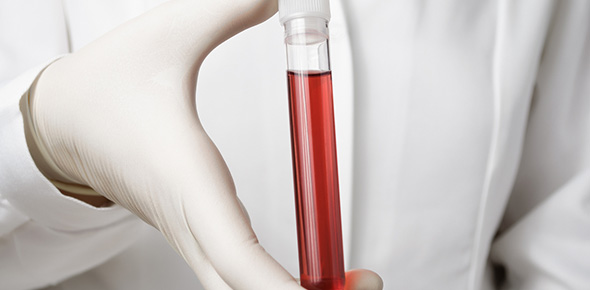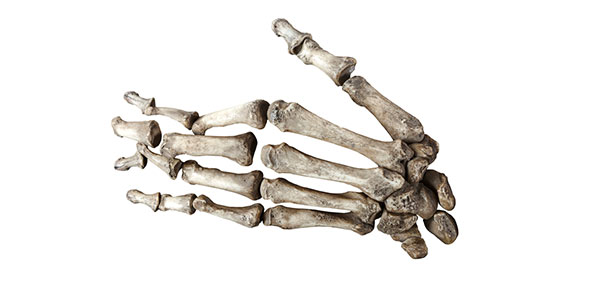Related Flashcards
Cards In This Set
| Front | Back |
|
What are membranes made of?
(3 points)
|
-Insoluble, an effective barrier.
-Cells&organelles must accumulate substances strikingly diff from surrounding env.
-Selectively permeable
|
|
-What are the substances that are moving across the membrane?
-Where are most of the solutes located?
-What other 2 things do these substances do?
|
-dissolved ions& small organic molecules (solutes), metabolites (substrates, intermediates & products)
-more solutes on inside if cell or organelle than outside
-controlled movement (ex: electircal signaling- nerve,muscle)
-Maintain ability of cell reactions to proceed at reasonable rate.
|
|
Simple Diffusion?
Direction?
Energy required?
examples
|
-direct movement of small, nonpolar molecules.
-high to low conc'n (DOWN conc'n gradient) toward equilibrium
-NO ENERGY REQUIRED
-ex: oxygen, carbon dioxide
|
|
-Ion impermeability due to what?
-requires?
-Why is it important?
|
-due to shells of hydration association with H2O
-requires H2O to be removed before crossing the membrane
-Imp for cell activity to allow ions to cross in controlled manner (ex: electrochemical potential- Na+, or H+)
|
|
Osmosis?
-Direction?
|
Diffusion of H2O across semi-premeable membrane
-Direction: High water/low solute to low water/high solute conc'n
|
|
Solutes
|
:substances dissolved in a solution
|
|
3 types of solutes in solution?
|
1-Hypertonic/Hyperosmotic solution: contains higher conc'n of solutes than outside the cell.
2-Hypotonic/Hypoosmotic solution: contains lower conc'n of solutes than outside of cell.
3-Isotonic/Ipoosmotic solution: continues qual conc'n of solutes as the cell
|
|
Osmotic pressure?
-What may it cause the cell to do?
|
:movement of H2O into a call creates osmotic pressure.
-this can cause a cell to swell & burst
|
|
What happens to Animal and Plant cell under certain (3) solutions?
|
Animal Cell: Hypertonic Solution-cell becomes shriveled, only water out
isotonic solution-normal, water in and out
hypotonic solution-lysed, too much water in (pops)
Plant Cell: Hypertonic: plasmolyzed, water out, cell wall disfromed.
isotonic:flaccid, water in and out, normal shape
hypotonic: turgid, water in,more circle-ish, rounded edges of plant cell wall
(be able to draw)
|
|
Carrier proteins allow what kind of proteins?
-What do they behave like?
-Subject to?
example?
|
-usually allow small molecules
-highly selective for 1/small group of closely related compounds
-Behaves like enzymes-exhibits saturation kinetics
-subject to competitive inhibition (ex: glucose vs. other transportable sugars)
|
|
Carrier proteins go in 3 diff ways. What are they?
|
-Uniport: one direction
Coupled transport:
-Symport: (cotransport)-2 things,same direction
-Antiport: (countertransport)-2 things, opp direction
|
|
Channel Proteins
|
-allow specific solutes- mainly ions cross with no conformational change.
|
|
Ion Channels (channel protein)
|
-lined with hydrophilic amino acid side chains
-highly specific (ex: Na+, K+, CA+,Cl-)
|
|
Ion Channels: Gated?
-3 kinds
|
gated- opens/closes in response to stimuli
1- Voltage-gated: respond to membrane potential
2-Ligand-gated:respond to binding by specific substances.
3-Mechanosensitive:respond to mechanical forces
|
|
Porins (channel proteins)
-(definition and 3 points)
|
:closed cylindrical B(beta)-sheet
-inside lined w/polar side chains-water filled pore
-outside linked w/nonpolar side chains interact w/hydrophobic membrane interior
-allow hydrophilic solutes, size delimited, to cross
|







